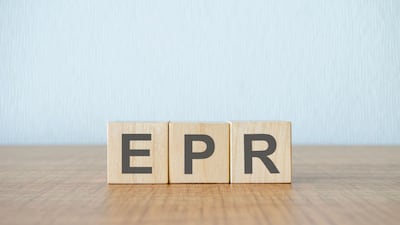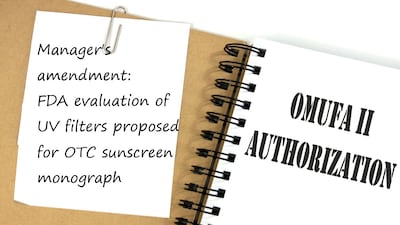An industry collaborative comprising more than 20 sunscreen product manufacturers and ingredient suppliers is no longer working to fulfill data needs identified by the US Food and Drug Administration for seven sunscreen UV filters currently on the market due to concerns over agency requirements for animal-based tests to support safety.
What that means for the future of those sunscreen active drug ingredients and the sunscreen products category in the US...
Read the full article – start your free trial today!
Join thousands of industry professionals who rely on HBW Insight for daily insights
- Start your 7-day free trial
- Explore trusted news, analysis, and insights
- Access comprehensive global coverage
- Enjoy instant access – no credit card required
Already a subscriber?








